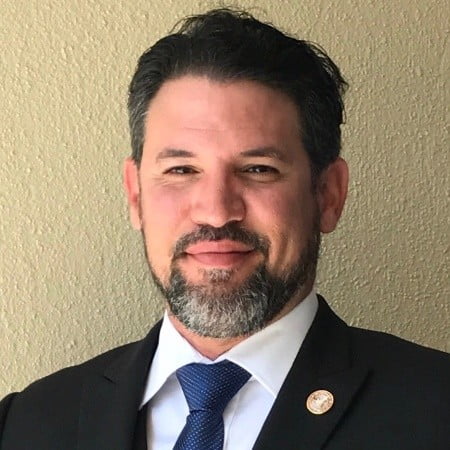

When addiction leads to arrest, the road ahead can seem hopeless. The criminal justice system often punishes rather than heals, pushing people deeper into despair. But there is another path—drug courts. These programs offer a lifeline: treatment instead of jail, recovery instead of punishment. In the first 100 words, let’s be clear—drug courts are part of a growing movement toward alternative sentencing for substance abuse, and for many, they are the reason they’re alive today.
“The opposite of addiction is not sobriety—it’s connection.” – Johann Hari
The Cost of Ignoring Addiction
Let’s talk facts. According to the National Institute on Drug Abuse (NIDA), drug abuse costs the U.S. over $740 billion annually in healthcare, crime, and lost productivity. That’s not just a number—it represents lives lost, families broken, and communities burdened.
The harsh reality is that 1 in 5 incarcerated individuals is behind bars for a drug-related offense, often with no access to addiction treatment. Without intervention, the cycle of arrest, release, and relapse continues.
What Are Drug Courts?
Drug courts are specialized court programs designed to help individuals with substance use disorders get treatment instead of facing traditional jail or prison time. These courts bring together judges, prosecutors, defense attorneys, treatment providers, and case managers to build a structured path to sobriety.
How Drug Courts Work
Participants are typically non-violent offenders who agree to enter a structured program that includes:
- Mandatory addiction treatment
- Regular court appearances
- Frequent drug testing
- Life skills classes
- Support groups
Success isn’t just about staying sober—it’s about rebuilding a stable life. Many programs also help with employment, housing, and education.
Drug Courts vs. Traditional Courts
In traditional courts, a drug charge often ends with probation or incarceration. But that does nothing to address the root issue—addiction. Drug courts focus on healing, not punishing.
According to the National Drug Court Resource Center, drug courts reduce recidivism by up to 58%. That means fewer crimes, fewer victims, and fewer people trapped in the cycle of addiction and jail.
Alternative Sentencing for Substance Abuse
Alternative sentencing is exactly what it sounds like—a different outcome than jail time, especially for non-violent drug offenders. Drug courts are the gold standard in alternative sentencing for substance abuse. They hold people accountable, but with compassion and clinical support.
These programs recognize addiction as a disease—not a moral failure. And they treat it with evidence-based care, not prison time.
Who Qualifies for Drug Court?
Eligibility varies by state and county, but most drug courts accept participants who:
- Are facing non-violent drug-related charges
- Have a history of substance use disorder
- Agree to the terms of the program
- Have not committed serious violent offenses
First-time offenders and individuals who have relapsed during probation may also qualify.
Legal Consequences of Addiction
Let’s not sugarcoat it: the legal consequences of addiction can be life-shattering. Charges like Drug Possession, Driving Under the Influence, Domestic Violence, Public Intoxication, and losing custody through Child Protective Services (CPS) are all too common.
Without intervention, people struggling with substance use can find themselves with a criminal record, strained family ties, and few chances for recovery. Drug courts offer a second chance before it’s too late.
Recovery Through Court-Ordered Rehab
In many drug court systems, individuals are referred to Court-Ordered Rehab programs. These treatment options are structured and supervised, often providing inpatient or outpatient care tailored to the person’s needs.
Participants are held accountable—but also supported. Instead of simply telling someone to “get clean,” drug courts connect them with the resources to actually do it.
Success Stories: Real People, Real Recovery
Thousands of people have gone through drug court programs and come out the other side healthy, employed, and reunited with their families. According to the National Association of Drug Court Professionals (NADCP):
- Over 3,000 drug courts operate across the U.S.
- Drug courts save up to $13,000 per participant in reduced court costs, incarceration, and social services
- 75% of graduates remain arrest-free at least two years after completing the program
The Role of Compassion in the Justice System
What makes drug courts so effective isn’t just structure—it’s compassion. They believe in second chances and the possibility of transformation.
“We must accept finite disappointment but never lose infinite hope.” – Martin Luther King Jr.
The system still holds participants accountable, but it also gives them hope. And sometimes, that’s all someone needs to fight their way out of addiction.








